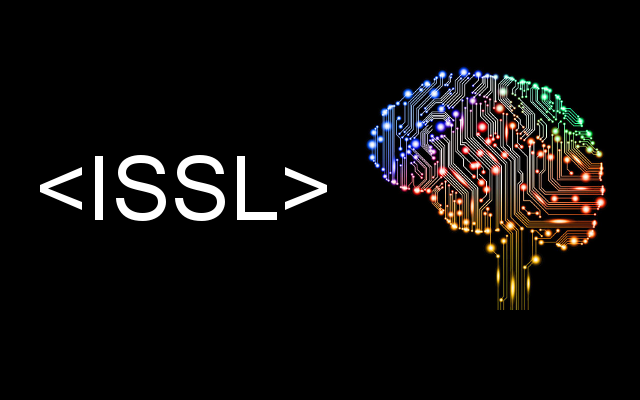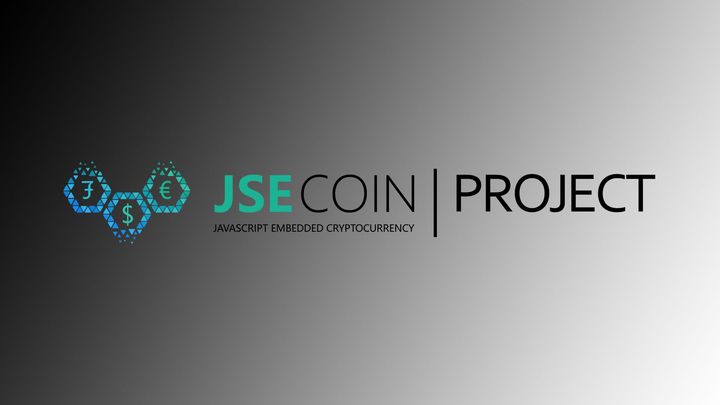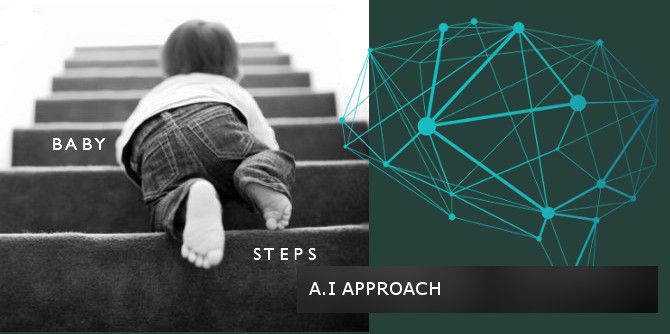Intelligent Systems Scripting Language (ISSL)

Since late 2014, I have been working on a big project. Something so big that I was afraid I wouldn’t be able to complete or even reaching a working beta version. Even though now in 2016, I can’t say I have reached a working beta, saying this would be absurd and unrealistic for now.
Without further ado, What I have been trying to do since past two years is developing a new language, not a programming language but a scripting language what will allow developers to create Intelligent Applications and Systems. I not referring to the term “Smart” here. I am talking about the Intelligence of bots like Pepper, EmoSpark and humans. Yes, I mean a whole new language what will make our computers not only smart but human-like with the ability to talk, think, suggest, imitate feelings, learn, behave and respond to personal and emotional needs.
So ladies and gentlemen, I am officially today announcing that the J.C.P Laboratory (only me at this time) is working on the Intelligent Systems Scripting Language or for short ISSL. What I am trying to do with ISSL has been modeled before. Actually the whole ideal of ISSL came from the Artificial Intelligence Markup Language (AIML) by Dr. Richard S. Wallace. I find it important at this point to stress out that ISSL is not AIML with the only point of similarity might be the fact that both are XML-like structured markup language.
As aforementioned, ISSL’s objective is not to make funny human entertaining bots but is to construct Intelligent Systems and Application. Thus, the core component of this language is not the language itself but it’s binary Interpreter (See flow diagram below).

Unfortunately, I haven’t reached a working beta yet but I am nearing a working alpha version of ISSL. The most challenging part of ISSL’s development is to make its ability to learn by itself. I already have a theoric approach to this but only time will tell if it will work.
If everything goes as planned, a beta version can be expected late 2017.
Regards,
Cédric


![[Event] Introduction to Linux & Free Open-Source Software](/content/images/size/w720/wordpress/intro-linux2-1.jpg)
